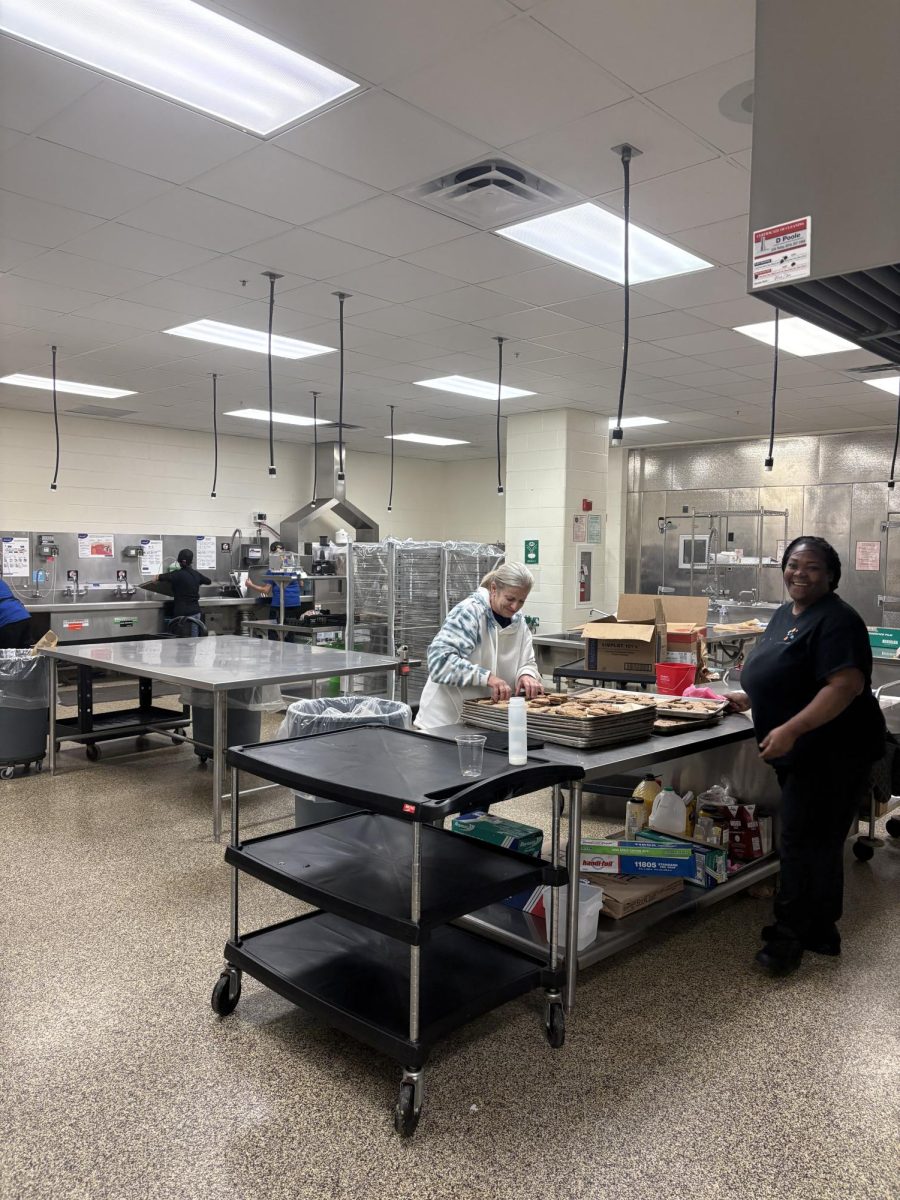The time is finally here: Skyline’s senior class has to make the ever-important decisions on their plans after high school. Some have known their paths since Kindergarten, while others still have no idea what lies ahead.
Many factors impact their decisions: location, job opportunities, finances, and type of degrees available. For those planning to stay close to home, according to a study from the bestplaces.net’s summary of living costs across the country, the cost of living in Ann Arbor is 10.7% above the national average, where houses are $150,000 more expensive (almost twice) the national average.
Being supported by family after high school isn’t always possible, and supporting yourself through college is a tough task to take on. Achira Kerschbaum (‘23) is planning to stay in the Ann Arbor area while attending trade school in order to become an electrician. “I do kind of worry about the rising increase of everyday items, because as time goes by they will continue to increase,” says Kerschbaum, “but right now my main focus is becoming an electrician.”
Electricians can earn around $50,000 as an entry level salary, and with high demand, it is a career that is relatively untouchable by the volatility of the economy. While still in school, Kerschbaum plans on being partially supported by his parents. After graduating, he plans on living with others in his trade. “I am currently trying to find an apartment for later in my future, and am looking to go outside of Ann Arbor,” he says, “maybe even Ypsi, just due to the rise in costs of apartments and houses.”
Younger people tend to bear the brunt of the rapid increase of prices in groceries, gas, housing, and other amenities, due to lack of wealth.
Many think a four year degree is the only successful path due to the push in higher education. Skyline Counselor Dennis Brunzell advocates for alternative post-secondary options. “There are a lot of skilled trades just waiting for people to be trained,” he says, “[and] students need to realize that these are careers in which they can enter the workforce with low to zero student debt, and have a very high paying job waiting for them quicker than many college degrees.” Going into a high paying job with little debt, combined with the colossal cost of living in Ann Arbor, is extremely advantageous for many young people.
Despite this, according to Brunzell, within the class of 2022, “73% of seniors attend[ed] a four year college, 12% attend[ed] a two year college, [with] the remaining 12% […] going into the military, taking a gap year, and the majority get[ting] some type of job.”
Gretel Ham (‘23) was recruited to attend and row for the Women’s Varsity team at the University of Michigan. For others, staying in Ann Arbor has its benefits. “There were [a lot] of chances for me within rowing, and ultimately I chose to come to the University of Michigan due to the people, academics, and opportunities college athletics at Michigan provides,” says Ham. The university, people, and town provide an upside that is worth the cost, but still, paying for most of her expenses herself is a lot to tack on top of studies and training. “I am worried about living in Ann Arbor, because not only do I have to pay for college myself but the ordinary cost of day to day activities is much higher than many other places,” she says, “but Ann Arbor is worth it to me.”
The choice to stay within Ann Arbor is not for everyone. Already, Michigan is in the top 10 states with declining populations, with 37% of people leaving due to career opportunities, salaries, and living costs, according to MLive. This could potentially cause an exodus away from Ann Arbor in the future, due to the financial difficulties that Ann Arbor poses.








